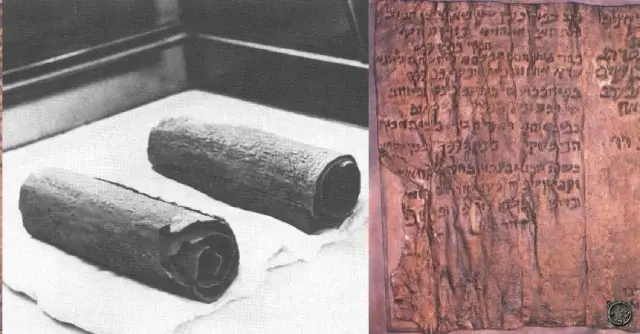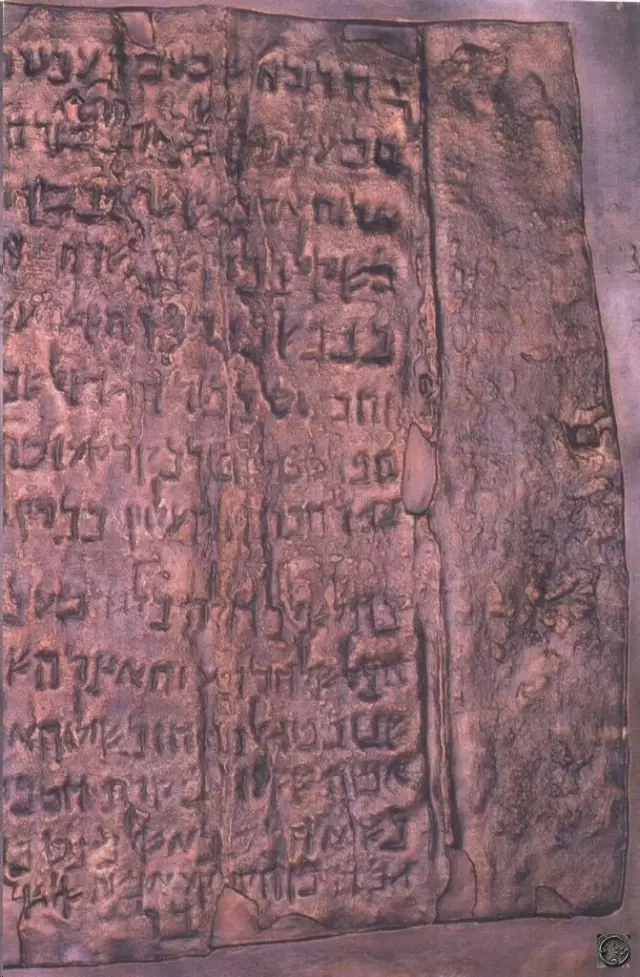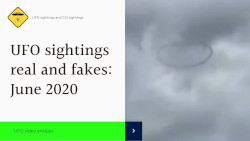The Hidden Treasure of the Copper Scroll
The Hidden Treasure of Henri de Contenson's Copper Scrolls
In 1952, an archaeologist named Henri de Contenson discovered two mysterious scrolls in a highly oxidized state, known as the Copper Scroll, when he led a team of ten Bedouins in a cave on a hillside, a few kilometers from Qumran. When it was first discovered in the cave, it broke into two separate folded sections side by side on a rock. One large part contained two identical sheets riveted together butt-to-butt, and the other roll was a single sheet of forged copper.
The copper scroll is part of the Dead Sea Scrolls, but unlike other scrolls, which are literary works and written on papyrus, these scrolls contain several places of hidden treasures and are written on thin copper. On March 14, 1952, a copper scroll was found in Cave No. 3 near Khirbet Qumran. Since this scroll was the last of the 15 Dead Sea Scrolls, it is referred to as 3Q15. In its original state, the scroll measures 2.4 m in length, 0.3 m in width, and 1 mm in thickness.
At that time, no one dared to open the scroll without damaging the text inside it. A few years later, in 1955, with great care, one of the copper scrolls finally opened X. Wright Baker, Professor at Manchester College of Science and Technology (UMIST). Another scroll was also opened a year later, in 1956. Since the rusty metal was not so easy to unroll, Professor Baker cut the scroll into 23 parts.
The language itself was a big mystery to scientists. It was written in a square font (an early form of writing in Hebrew), while other Dead Sea scrolls were written in a square font of the Aramaic alphabet or "Paleo-Hebrew". The style of writing and writing in the Copper Scroll is very different from other texts of that time, from Qumran or other places. Yet it was almost unanimously classified as one of the Dead Sea Scrolls.
John Allegro is the first person to translate the Copper Scroll into English. And he understands that the scroll is a list of about 64 places where you can find magnificent hidden treasures, including a huge amount of jewelry, precious stones, other scrolls, gold, and silver.

However, the Jerusalem team advised him not to publish his findings publicly because it could attract treasure hunters from all over the world and disrupt Qumran. At the end of 1959 and in March 1960, Allegro decided to lead two archaeological expeditions in search of the treasures of the Copper Scroll. For several months of expeditions, he wandered through the desert and found nothing. A few months later, he decided to publish an English translation of the scroll (The Treasure of the Copper Scroll) in 1960.
After reading Allegro's translation, scientists expressed different reactions. Father Joseph Milik, one of the members of the original translation group of the Dead Sea Scrolls, and Father Pere de Vaux, head of the École Biblique et Archéologique Française de Jerusalem, declared it defective and even questioned the authenticity of the copper. Scroll through the content.
While others were not so sure, and today the generally accepted opinion is that the Copper Scroll contains an authentic list of real treasures. In 1962, the Jerusalem group published an official translation of the Copper Scroll entitled "The Little Grottoes of Qumran" in the series "Discoveries in the Judean Desert". In the traditional translation of the "Copper Scroll", the weight of gold mentioned in various places is usually given as the sum of a staggering 26 tons and silver 65 tons.
The weight of treasures in Copper Scrolls: gold (1285 talents), silver (666 talents), gold and silver (17 talents), gold and silver vessels (600 talents), mixed precious metals (2088 talents). Items of uncertain weight include gold bars (165), silver bars (7), gold and silver vessels (609). The weight of One Talent is estimated at about 76 pounds or 34.47 kg, and the Copper Scroll treasure is estimated at about $2 billion at current prices. The origin of the treasures listed in the Copper Scroll was also controversial and has not been resolved until now. Scientists have proposed several theories.

According to the Copper Scroll Project, the treasures listed in the scroll probably cover the history of Israel from the Exodus to the Babylonian captivity. The talents of precious metals and precious stones may well be superfluous materials that were required by Moses and Aaron to build the Tabernacle.
There are also supplies stored by King David for the 1st Temple. However, the scroll speaks of tithing and silver offerings. They could easily be taken from the Temple built by King Solomon and hidden for the repair and maintenance of the House of God, stored in a remote treasury in Qumran. The treasury described in the document is the long-sought Hakkoz treasury, known for centuries as being located in the Qumran area. However, it is unclear when the treasury was built.
More significant is the fact that none of the traditional theories led to the discovery of the treasures listed in the Copper Scroll. Until now, the treasures of the Copper Scroll are still hidden somewhere, and the Copper Scroll itself is in the Jordan Museum in Amman, Jordan.
About author:
Serg Toporkov Ufologist, Ph.D., blogger, I go on my own expeditions for UFOs. I use scientific methods to investigate the UAP phenomenon. Write to me |
Related tags:
Copper Scrolls conspiracy History Dead Sea Hidden Treasure Henri de Contenson 1952 King DavidRandom UFO or conspiracy article
Real UFO videos and fakes - analysis of sensational videos
 Watch the videos of exciting UFO sightings, including cigar-shaped, ring-shaped and spherical UFOs with amazing maneuvers and unusual behavior. Witness rare footage showing incredible phenomena that defy traditional explanation.
Watch the videos of exciting UFO sightings, including cigar-shaped, ring-shaped and spherical UFOs with amazing maneuvers and unusual behavior. Witness rare footage showing incredible phenomena that defy traditional explanation.
